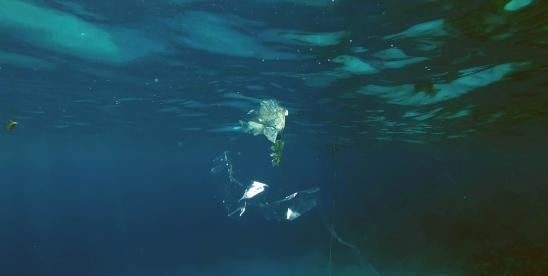The United States Environmental Protection Agency (EPA) recently finalized a new rule setting legally enforceable standards for PFAS (per- and polyfluroalkyl substances and related chemicals) present in drinking water. The rule, promulgated under the Safe Drinking Water Act, sets Maximum Contaminant Levels (MCLs) for six separate PFAS (including PFOA, PFOS, PFHxS, PFNA and HFPO-DA) and hexafluoropropylene oxide (HFPO). Two of the most common PFAS, PFOA and PFOS, now have an enforceable level of four parts per trillion (ppt), which is only marginally higher than the applicable detection limits for each chemical. Three other PFAS, PFHxS, PFNA, and HFPO-DA chemicals – commonly referred to as GenX – now have MCLs of 10 ppt. Additionally, the MCL for any mixtures containing two or more substances including PFHxS, PFNA, HFPO-DA, and PFBS will be determined using a novel approach that EPA dubs a “hazard index,” which is a measurement of risk dependent on how many PFAS are present in the mixture and how concentrated they are relative to levels that impact human health.
Although states will need to adopt their own MCLs at or below the federal standard to retain regulatory authority under the Safe Drinking Water Act, the rule imposes several new requirements on all public water systems. The rule applies to any public water system that serves at least 15 service connections used by year-round residents, any system that regularly serves over 25 year-round residents, and any system that regularly serves at least 25 of the same persons for more than six months of the year. Regulated public water providers must complete initial monitoring for these six PFAS chemicals by 2027, with ongoing compliance monitoring thereafter and reporting requirements thereafter. Depending on the results of the monitoring, public water systems will have until 2029 to reduce any PFAS exceeding the new MCLs. At that time, water systems with PFAS in violation of the MCLs will need to provide public notice of their exceedances.
Compliance with this rule is anticipated to be costly – tens of millions of dollars and upward for larger systems. Conventional water filtration technologies are not designed to effectively capture relatively miniscule PFAS molecules. As a result, new technologies necessary to meet the standard (including granulated activated carbon and high-pressure membrane filtration technologies) are likely to result in high compliance costs.
Although it will likely be difficult for many public water suppliers to fund monitoring and improvements necessary to comply with the new PFAS standards, there are options to consider. Earlier this year, EPA announced over $3.2 billion in funding through the Drinking Water State Revolving Loan Fund to assist in funding for drinking water projects, including upgrades to water treatment plants (and PFAs treatment systems). This most recent announcement is in addition to previous funding of over $12 billion for water infrastructure improvements under the Bipartisan Infrastructure Law. Public water suppliers may also have valid claims against parties that have contaminated public water supplies that may allow for recovery of some or all of the costs of addressing that contamination.





 i
i


